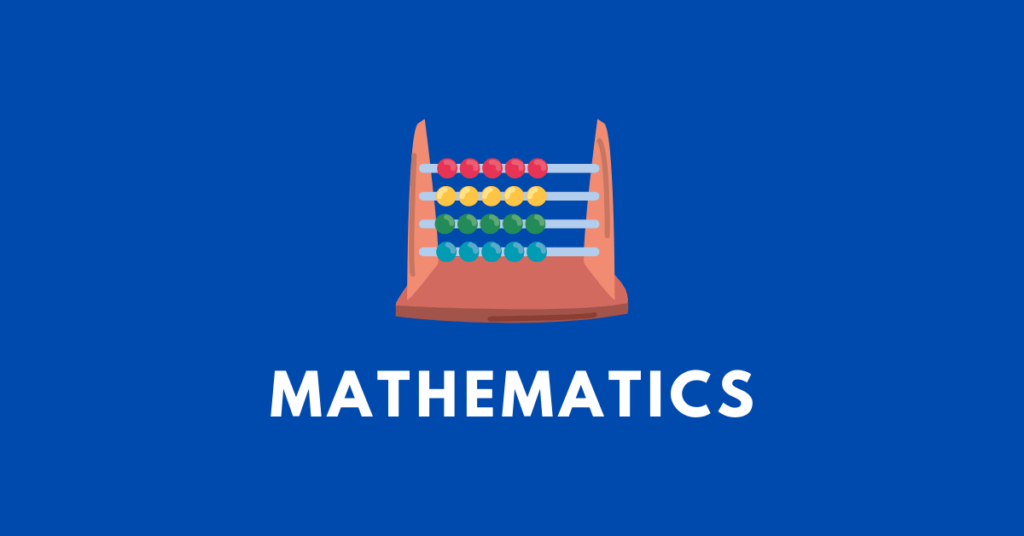Mathematics binds us together directly or indirectly in a systematic manner and is aptly regarded as the queen of all sciences. Whether we understand it or not, mathematics rule our day to day activities and therefore it becomes a need to imbibe the concepts of mathematics in the lives of the children and link their lives at the school to their lives outside the school. The class 9 and class 10 mathematics syllabus are steps towards it.
The current syllabus for Nagaland Board of School Education (NBSE), Board of Secondary Education, Assam (SEBA), and Tripura Board of School Education (TBSE) of Mathematics for class 9 has been divided into fifteen chapters which are Number Systems, Polynomials, Coordinate Geometry, Linear Equations in Two Variables, Introduction to Euclid’s Geometry, Lines and Angles, Triangles, Quadrilaterals, Areas of Parallelograms and Triangles, Circles, Constructions, Heron’s Formula, Surface Areas and Volumes, Statistics, and Probability.
CLASS 9: Get mathematics solutions
Sell your handwritten maths copy to us. If you have a maths copy containing all sums solved for class 9 or 10, in clean handwriting, and chronologically, we are interested to buy it. If you are using the copy, we are even open to buying a xerox copy of that. Please email us to learn more at toeditorofn@gmail.com
PDF Solutions
Video explaination/solutions
Class 9 Maths Exercise 12.1 Videos
The current syllabus of Mathematics for class 10 has been divided into fifteen chapters which are Real Numbers, Polynomials, Pair of Linear Equations in Two Variables, Quadratic Equations, Arithmetic Progression, Introduction to Trigonometry, Trigonometric Identities, Heights and Distances, Lines (in two-dimensions), Triangles, Circles, Constructions, Areas Related to Circles, Surface Areas and Volumes, Statistics, and Probability.
Class 10: Get mathematics solutions
Sell your handwritten maths copy to us. If you have a maths copy containing all sums solved for class 9 or 10, in clean handwriting, and chronologically, we are interested to buy it. If you are using the copy, we are even open to buying a xerox copy of that. Please email us to learn more at toeditorofn@gmail.com
PDF Solutions
Video explaination/solutions
Class 10 Maths Exercise 12.1 Videos
The syllabuses have been prepared to keep in mind a number of objectives, which include consolidating mathematical knowledge and skills among learners already acquired in the earlier stages of their learning as well as facilitating them to acquire understanding by way of motivation and visualisation.
They aim to develop basic algebraic skills among the students, develop skills required to draw, apply the skills acquired to solve problems using multiple methods, develop facilitation of the ability to articulate logically, develop an awareness about environmental protection, small family norms, and develop skills needed to use modern technological devices like calculators, computers, etc.
Furthermore, they aim to develop an interest among the learners in mathematics and develop reverence and respect towards great mathematicians, for which introductions about influential mathematicians have been included in the book, prompting curiosity.

Ron’e Dutta is a journalist, teacher, aspiring novelist, and blogger. He manages Online Free Notes and reads Victorian literature. His favourite book is Wuthering Heights by Emily Bronte and he hopes to travel the world. Get in touch with him by sending him a friend request.
Get notes of other boards, classes, and subjects
